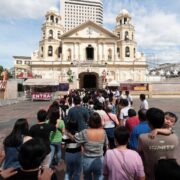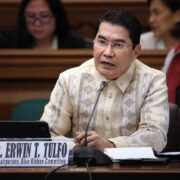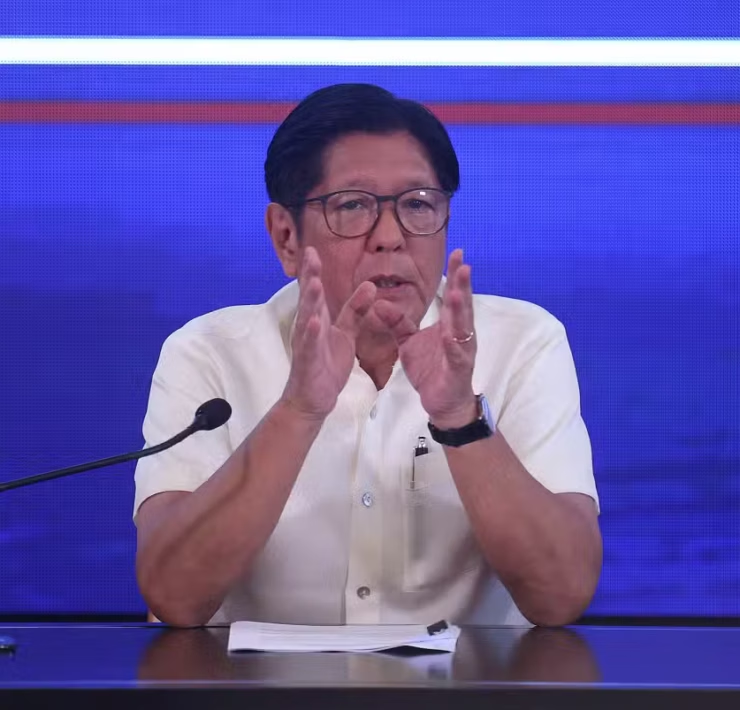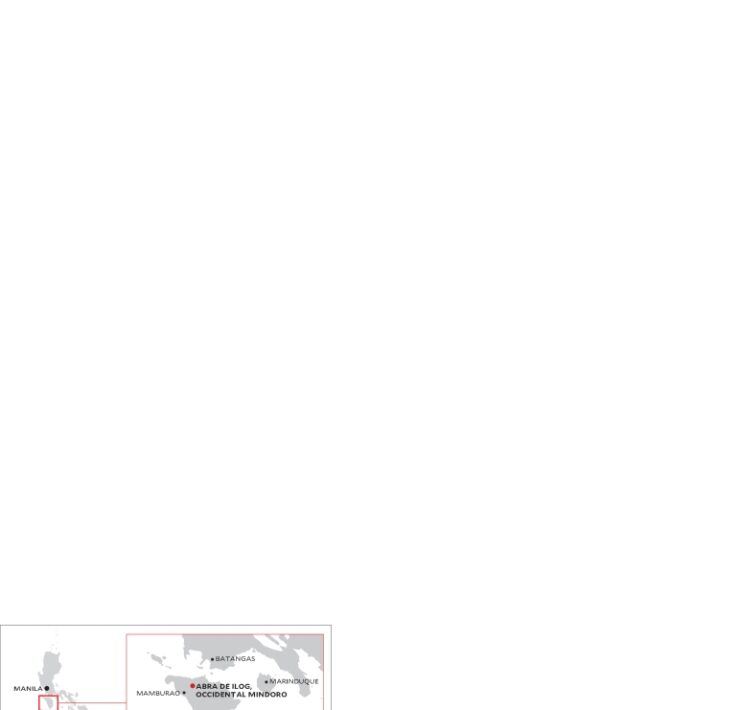Adjust 4Ps cash aid to inflation–Marcos
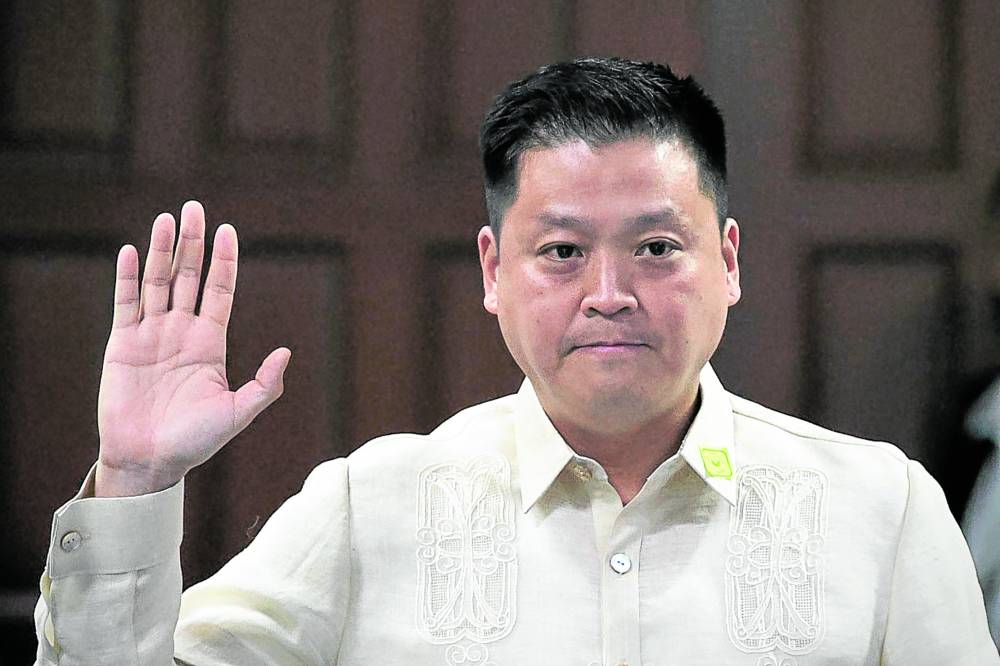
President Marcos has tasked three government agencies to look into automatically adjusting the cash assistance given to beneficiaries of the Pantawid Pamilyang Pilipino Program (4Ps) based on inflation or the rise in prices of goods and services.
In a press briefing at Malacañang on Tuesday, Social Welfare Secretary Rex Gatchalian said Mr. Marcos ordered his agency, along with the Philippine Statistics Authority (PSA) and National Economic and Development Authority to immediately devise a means to adjust government aid and grants according to prevailing inflation rates. “He wanted us to find ways so as not to diminish or decrease the value of financial assistance or grants that we give to our poor countrymen. The economic team is doing all it can to slow inflation, but we should also protect the peso value of the grants we give to our 4Ps beneficiaries and other social protection programs,” Gatchalian said.
He added that they were told to work together to “find the best index to make sure that the 4Ps grants and other social protection we do will not be left behind if inflation rises.”
“It’s not only deemed timely but it’s also being responsive in making sure it’s the right amount that you need … After this, I’m going to go back to the office, run our numbers with the data crunchers, and pass it to the PSA. Hopefully, we can incorporate each other’s ideas in the fastest possible time,” Gatchalian said.
Grants given to 4Ps beneficiaries are fixed under Republic Act No. 11310 or the 4Ps Act, and any increase will need to be recommended by the Department of Social Welfare and Development (DSWD) and enacted into a new law by Congress.
20-percent hike
The Philippine Institute for Development Studies recommended last year an increase of 20 percent, noting that the maximum annual amount of P31,200 a 4Ps household received in 2019 was only worth P14,524 in 2023 due to inflation.
The current monthly rates for health and education allowances given to beneficiaries range from P300 to P750, depending on the age of the child enrolled in school.
“The President said earlier, ‘First, compute first.’ Find out what index is best to use, then number two, if it’s okay with economic managers and he’s okay with it, we can incorporate it in the 4Ps law,” Gatchalian said.
“The President wanted a self-indexation mechanism … He wanted it to be forward-looking, and not ask for permission to adjust it. He wanted it incorporated in the law, the self-adjusting mechanism,” he added.
According to Gatchalian, this will take some time to work on, given that the government’s economic managers suggested a number of indexes that can be used in adjusting the amount of the 4Ps cash assistance.
“Give us time to compute first. We don’t want to make a mistake with the index that we will use. There are plenty of that, there’s the one based on consumer price index, there’s the essential basket cause. There are many ways to do it, but the more important thrust is to make it responsive and protect its value against being diminished by shocks like inflation,” Gatchalian said.
He further said that the DSWD would also examine whether there was a need to do the same for its other social protection programs like the Aid to Individuals in Crisis.
‘Logistically hard’
As for the Department of Agriculture’s earlier suggestion to give rice instead of cash aid to 4Ps beneficiaries, Gatchalian said they were still studying it.
He explained that this may prove “logistically hard” because some beneficiaries in far-flung areas could find it difficult to receive and transport the rice subsidy.
“I told the President we will continue studying, but the President also said that it might be logistically difficult. We’re not saying no, studies are ongoing but taking into account the needed logistics so that our countrymen won’t have a hard time getting it,” Gatchalian said.
The 4Ps is the government’s conditional cash transfer program which seeks to aid families in street situations, including indigenous families and other households living below the poverty threshold. As of February, around 4.2 million households are enrolled in the antipoverty program. Qualified for cash grants are “poor and near-poor” families that either have a pregnant mother or children younger than 18 years old.



